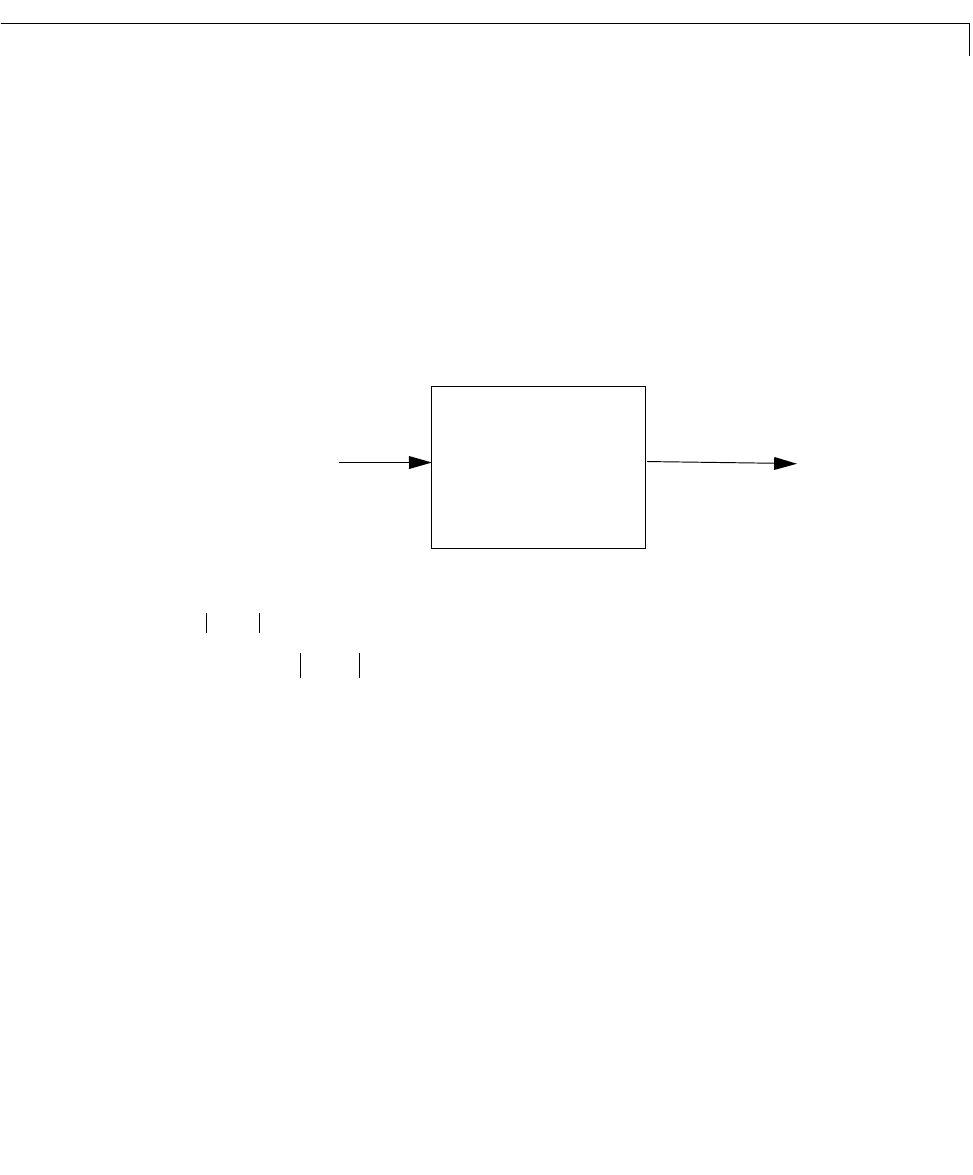Specifications
Table Of Contents
- Introduction
- LTI Models
- Operations on LTI Models
- Model Analysis Tools
- Arrays of LTI Models
- Customization
- Setting Toolbox Preferences
- Setting Tool Preferences
- Customizing Response Plot Properties
- Design Case Studies
- Reliable Computations
- GUI Reference
- SISO Design Tool Reference
- Menu Bar
- File
- Import
- Export
- Toolbox Preferences
- Print to Figure
- Close
- Edit
- Undo and Redo
- Root Locus and Bode Diagrams
- SISO Tool Preferences
- View
- Root Locus and Bode Diagrams
- System Data
- Closed Loop Poles
- Design History
- Tools
- Loop Responses
- Continuous/Discrete Conversions
- Draw a Simulink Diagram
- Compensator
- Format
- Edit
- Store
- Retrieve
- Clear
- Window
- Help
- Tool Bar
- Current Compensator
- Feedback Structure
- Root Locus Right-Click Menus
- Bode Diagram Right-Click Menus
- Status Panel
- Menu Bar
- LTI Viewer Reference
- Right-Click Menus for Response Plots
- Function Reference
- Functions by Category
- acker
- allmargin
- append
- augstate
- balreal
- bode
- bodemag
- c2d
- canon
- care
- chgunits
- connect
- covar
- ctrb
- ctrbf
- d2c
- d2d
- damp
- dare
- dcgain
- delay2z
- dlqr
- dlyap
- drss
- dsort
- dss
- dssdata
- esort
- estim
- evalfr
- feedback
- filt
- frd
- frdata
- freqresp
- gensig
- get
- gram
- hasdelay
- impulse
- initial
- interp
- inv
- isct, isdt
- isempty
- isproper
- issiso
- kalman
- kalmd
- lft
- lqgreg
- lqr
- lqrd
- lqry
- lsim
- ltimodels
- ltiprops
- ltiview
- lyap
- margin
- minreal
- modred
- ndims
- ngrid
- nichols
- norm
- nyquist
- obsv
- obsvf
- ord2
- pade
- parallel
- place
- pole
- pzmap
- reg
- reshape
- rlocus
- rss
- series
- set
- sgrid
- sigma
- sisotool
- size
- sminreal
- ss
- ss2ss
- ssbal
- ssdata
- stack
- step
- tf
- tfdata
- totaldelay
- zero
- zgrid
- zpk
- zpkdata
- Index

Creating LTI Models
2-17
Frequency Response Data (FRD) Models
Insomeinstances, you may only have sampled frequency responsedata, rather
than a transfer function or state-space model for the system you want to
analyze or control. For information on frequency response analysis of linear
systems, see Chapter 8 of [1].
Forexample,suppose the frequencyresponse functionfortheSISOsystem you
want to model is G(w). Suppose, in addition, that you perform an experiment
to evaluateG(w)at a fixed set of frequencies, . You can do this by
drivingthesystem with a sequenceof sinusoids at each of these frequencies,as
depicted below.
Here is the input frequency of each sinusoid, i =1...n,andG(w) =
. The steady state output response of this system satisfies
A frequency response data (FRD) object is a model form you can use to store
frequency response data (complex frequency response, along with a
corresponding vector of frequency points) that you obtain either through
simulations or experimentally. In this example, the frequency response data is
obtained from the set of response pairs: .
Once you store your data in an FRD model, you can treat it as an LTI model,
andmanipulateanFRDmodelinmostofthesamewaysyoumanipulateTF,
SS, and ZPK models.
The basic syntax for creating a SISO FRD model is
sys = frd(response,frequencies,units)
where
•
frequencies is a real vector of length Nf.
w
1
w
2
…
w
n
,,,
w
i
tsin
G(w) =
y
i
t
()
w
i
Gw
()
jGw
()∠()
exp
y
i
t
()
Gw
i
()
w
i
tGw
i
()∠
+
()
i;sin 1
…
n==
Gw
i
()
w
i
(,){}
i
,
1
…
n=










